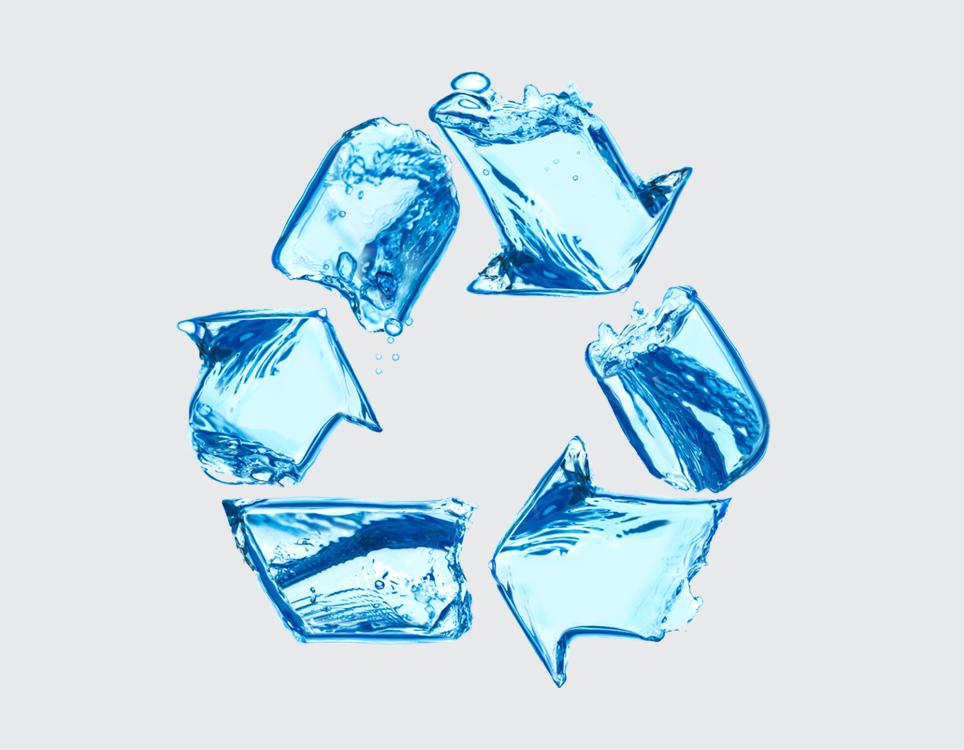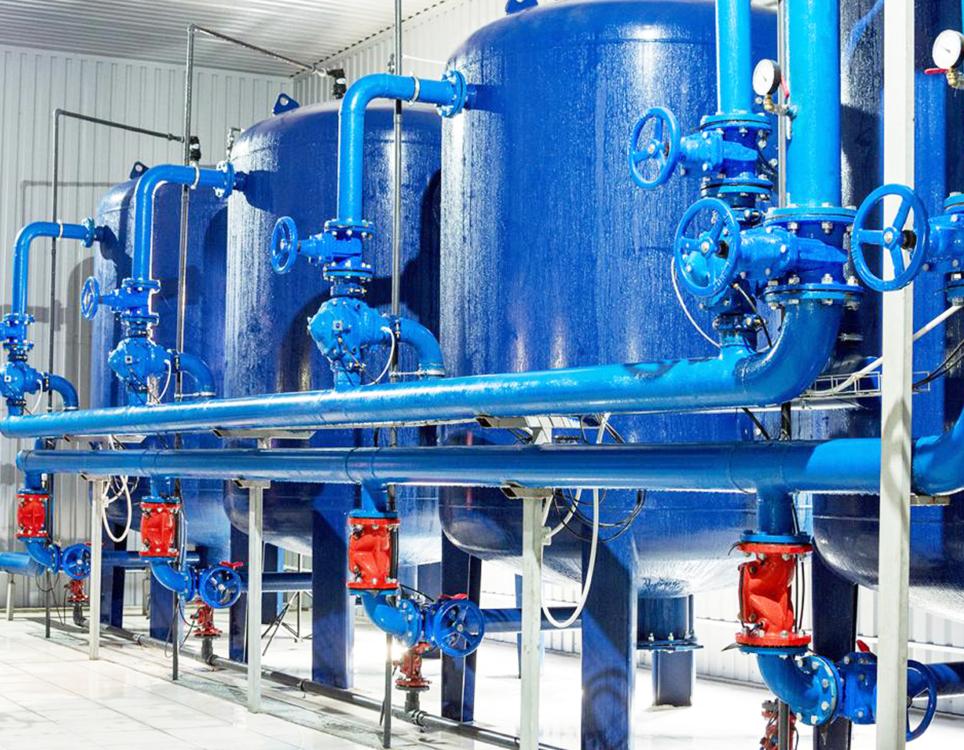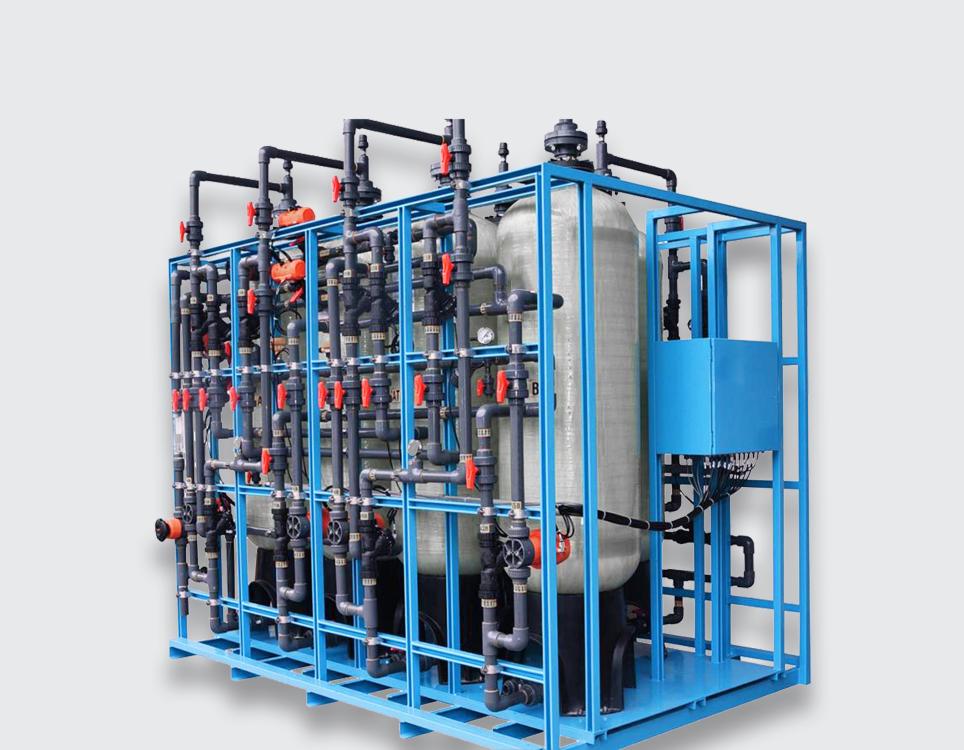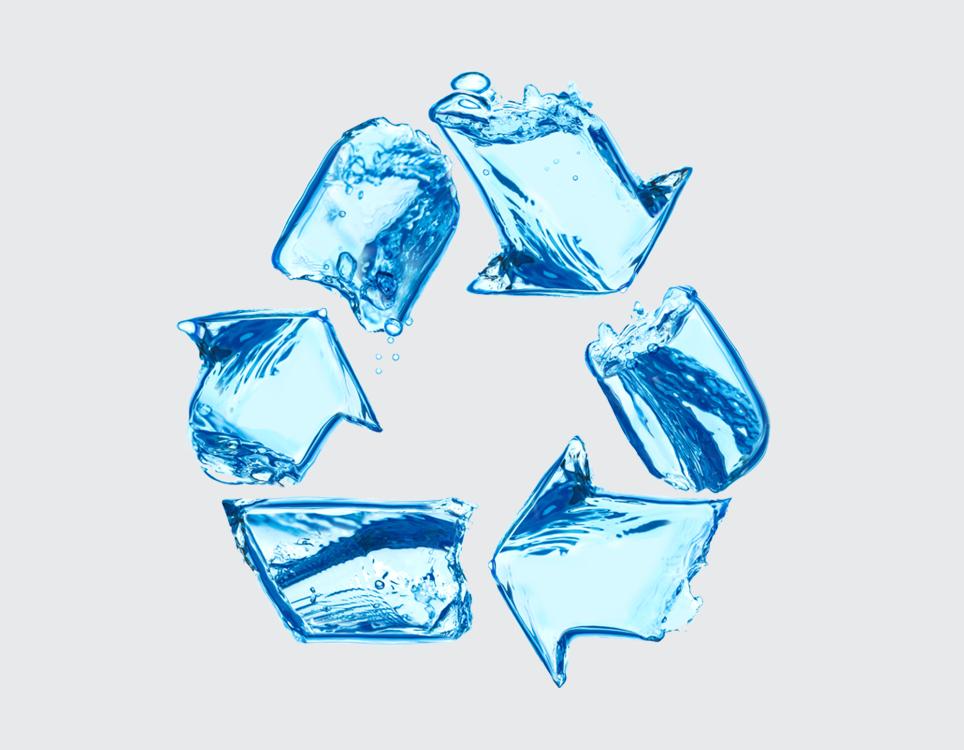Zero Liquid Discharge
Zero Liquid Discharge (ZLD) is a highly economical processing method designed to eliminate the discharge of all effluent produced from industrial manufacturing. Successfully integrated, ZLD systems create a closed-loop within a manufacturing facility, which stops liquid from getting released into the surrounding environment. The goal of ZLD processing is to separate the wastewater from solid byproducts and purify the wastewater for reuse in manufacturing processes.

ZLD Solutions by MacDermid Envio
Since 1972, MacDermid Envio has specialized in the development and integration of water treatment systems for facilities around the world. We are pleased to offer comprehensive ZLD solutions to meet your specific industry needs. For nearly 50 years, MacDermid Envio has been an established leader in the development of industrial wastewater treatment solutions for a broad range of manufacturers worldwide. We are well-versed in the ever-changing regulations and standards across various industries, from automotive and aerospace to food processing, paper mills, and more. Our comprehensive staff of engineers, chemists, fabricators, and project managers is available to design and create ZLD systems for integration into your facility, no matter the industry.

The System
Zero liquid discharge systems use a variety of methods to treat wastewater and concentrate the waste into solid form. ZLD wastewater treatment methods include thermal evaporation, membrane distillation, forward- and reverse-osmosis, and electrodialysis. These processes use specialized equipment to achieve the zero discharge goal.
Zero liquid discharge technology varies based on the type of waste being processed, the characteristics of the waste, the size of the operation, and the overall operating costs. Although every project is unique, all zero liquid discharge waste treatment systems include a variety of specialized components, including, for example:
- Filtration Systems
- Clarifiers and Reactors
- Concentrators
- Evaporators
- Crystallizers
- Reverse-Osmosis Membrane Systems
ZLD Systems
Every ZLD system operates differently, but the overall treatment process follows the same general steps.
Waste is treated with chemicals and pH balancers before the process begins.
Brine concentrators and/or electrodialysis equipment is used to condense the solid waste particles.
Technicians recover clean water from the concentration process and divert it.
The remaining solid waste is boiled in water, which is filtered again before the solid waste is dried for disposal or reuse.

Applications
Zero liquid discharge water treatment is a critical measure in today’s changing world. More than ever, industrial facilities must be aware of their environmental impact when it comes to wastewater and water usage.
MacDermid Envio’s zero liquid discharge systems have become ubiquitous in the evolving industrial marketplace because of their environmental responsibility. The company does everything within its power to prevent wastewater from affecting the surrounding environment.
Additionally, MacDermid Envio believes the ability to reuse water through the ZLD process significantly reduces the company’s water intake, thereby alleviating issues with water scarcity and their reliance on costly, long-distance imports.
Finally, industrial facilities benefit from the recovery of valuable materials that are dissolved into wastewater, further reducing operating costs. Zero liquid discharge systems can be tailored to meet the particular needs of industries throughout the market, from nuclear power to mining.
Application Benefits
Here is an overview of some of the applications that benefit from ZLD systems.
Because of its volatile nature, nuclear waste is highly regulated. ZLD systems allow nuclear power plants to filter harmful solids out of the wastewater. The solids are condensed into a form that can be more easily disposed of, while the water is reused within the power plant.
Textile manufacturing requires a great deal of water. ZLD systems reduce the amount of water taken from local sources by allowing textile facilities to reuse filtered water.
Oil and gas processing benefit from the use of ZLD systems that recover water that can be used to refine oil and gas, while minimizing waste products.
ZLD systems prevent the discharge of harmful and dangerous chemicals into the environment by reducing or eliminating wastewater discharge.
The waste produced in mining applications is often highly acidic and full of loose sediment that’s difficult to filter. ZLD processes help to remove potentially valuable resources from mining wastewater, while also treating the water for reuse.
ZLD provides pure water for use in part washing and rinse baths, ensuring that minerals or contaminants in the water don’t impact the final quality of the finish.

Custom treatment options
Of note, zero liquid discharge is not required in every facility, but most facilities can benefit from recycling most or all of their wastewater. While ZLD does offer 100% water recovery, oftentimes the 70-85% recovery offered by practical reuse and recycling methods is sufficient for some operations and has lower capital costs. In general, ZLD is best for operations with water needs beyond what they can buy, facilities with very poor source water, or businesses that don’t have a convenient discharge point for wastewater.
When creating a wastewater treatment plan, it’s important to weigh the cost of the system and the needs of the facility before committing to any specific treatment system. The experts at MacDermid Envio can work with you to provide different treatment options and assist in selecting the option that will be the most efficient and cost-effective for your exact needs.
ZLD is a critical process
For effective industrial wastewater treatment.